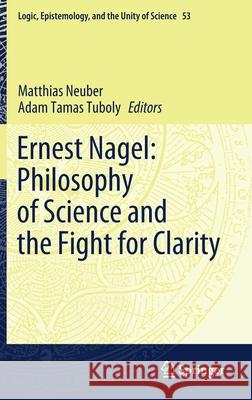Ernest Nagel: Philosophy of Science and the Fight for Clarity » książka
topmenu
Ernest Nagel: Philosophy of Science and the Fight for Clarity
ISBN-13: 9783030810092 / Angielski / Twarda / 2021 / 404 str.
Ernest Nagel: Philosophy of Science and the Fight for Clarity
ISBN-13: 9783030810092 / Angielski / Twarda / 2021 / 404 str.
cena 645,58
(netto: 614,84 VAT: 5%)
Najniższa cena z 30 dni: 578,30
(netto: 614,84 VAT: 5%)
Najniższa cena z 30 dni: 578,30
Termin realizacji zamówienia:
ok. 22 dni roboczych.
ok. 22 dni roboczych.
Darmowa dostawa!
Kategorie BISAC:
Wydawca:
Springer
Seria wydawnicza:
Język:
Angielski
ISBN-13:
9783030810092
Rok wydania:
2021
Wydanie:
2022
Numer serii:
000318549
Ilość stron:
404
Waga:
0.66 kg
Wymiary:
23.39 x 15.6 x 2.06
Oprawa:
Twarda
Wolumenów:
01
Dodatkowe informacje:
Wydanie ilustrowane











